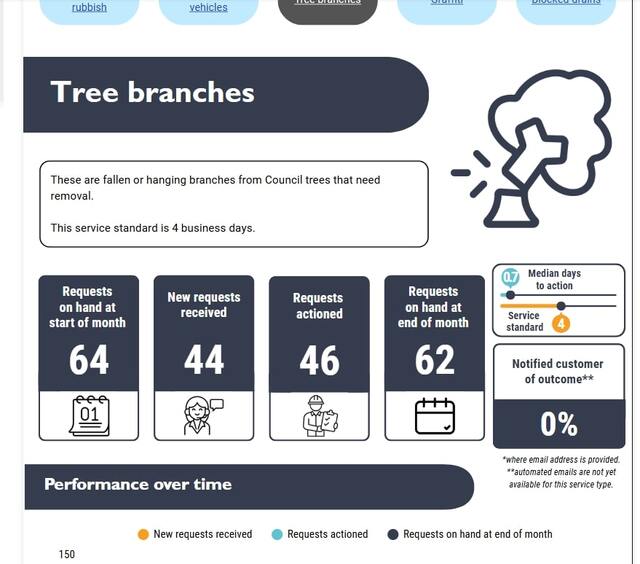Chief Health Officer Brett Sutton has told a Parliamentary inquiry he has “no doubt” he made the right call to close I Cook Foods’ factory.
Following the precautionary principle, Professor Sutton signed the closure order in February 2019 after an investigation into a 85-year-old hospital patient’s listeria mono infection a month earlier.
The infection contributed “significantly” to the woman’s death on 4 February 2019.
According to her death certificate, she died of a combination of heart disease and a listeriosis-triggered inflammation of her brain, Professor Sutton said.
As part of his statutory duty, there was “no doubt” production needed to stop.
He needed to halt a potentially lethal outbreak among I Cook Foods’ vulnerable consumers including aged care residents, Meals on Wheels diners and hospital patients, he told the inquiry.
If infected, this group were at high risk of serious invasive illness and death, he said.
Sometimes health authorities had to act, even with “imperfect knowledge”, Professor Sutton said.
In this case, there was evidence and “sufficient grounds” to act to curtail I Cook’s “unsafe and unsuitable” foods.
“We often have much less compelling evidence for a closure.”
A “soup of listeria strains” were found at I Cook Foods across seven different food samples – including six cross-contaminated with the listeria mono, Professor Sutton said.
“I didn’t know about any slug at the time of the closure.”
The lack of a listeria management plan at I Cook Foods was unusual and a collective failure by the factory and the oversight authority Greater Dandenong Council, Professor Sutton said.
The “findings after the event” showed there were “long-standing” flaws at the factory that could sustain listeria.
Despite the alleged urgency, Upper House MPs asked why the factory was not closed until 22 February – nearly a month after the hospital patient’s infection was discovered.
Despite I Cook Foods preparing 7000 meals a week, no other confirmed deaths were linked to the listeria mono strain, they noted.
Professor Sutton said the closure prevented more deaths. In the meantime, other gastro infections related to the listeria mono may have occurred but not been detected or reported, he said.
Deputy Chief Health Officer Angie Bone told the inquiry that positive listeria results from the I Cook samples weren’t received until 18 February.
It was not known until then that the patient had died two weeks earlier.
While at Knox Private Hospital, the late patient ate hospital food solely supplied by I Cook Foods as well as food from outside the hospital, Professor Sutton said.
The patient’s food history was based on a supplied “food selection” from the hospital.
However I Cook Foods’ director Ian Cook says the hospital has stated it had no record of what the patient exactly ate.
The only DNA-matched source for the listeria mono strain were samples taken at the Dandenong South commercial caterer’s kitchen on 1 February. It was a “very close” match, Professor Sutton said.
The hospital was tested and given the all-clear. A small-goods supplier was tested by Prime Safe.
Mr Cook had argued that a similar strain was found in Queensland – where I Cook Foods did not deliver.
However, genomic sequencing confirmed that strains found in Queensland and Western Australia at the time were not a match, Professor Sutton said.
The case was also cross-matched with national and international listeria databases.
Professor Sutton told the inquiry that the tested sample’s listeria levels were within food standards but the patient may have ingested a higher level.
A food supplier of vulnerable clients should meet the highest standard possible, he said.
I Cook Foods didn’t seem to understand the need for a thorough clean-down or the issue of cross-contamination, Professor Sutton told the hearing
Council inspections prior to the closure found insufficient food-handling training, a “biofilm” of bacteria on a chopping board, a food slicer hadn’t been dismantled and cleaned properly, and the ponding of water where bacteria could harbour.
After the closure, health department staff continued to report ponding of water on damaged flooring and cross-contamination risks.
“If it was found those (council) reports to be manifestly wrong, I would have lifted the order then and there.”
A varied order was issued on 23 February to reintroduce “lower-risk” lines of food as part of a test-and-hold program, a gap audit and full food safety audit.
Mr Cook has argued the food could not be sold during the test-and-hold program. By the time the food was tested and released, it had expired.
Professor Sutton said I Cook Foods’ re-opening took longer – more than a month – because its management did not respond and sufficiently comply with DHHS orders.
It was not the usual response by food manufacturers – who were normally concerned that they had possibly caused illness and took action to reopen as soon as possible, he told the inquiry.
“My team spent many weeks with I Cook Foods to get it up and running as quickly as possible.”
Professor Sutton said he’d wished the factory had found “common ground” sooner after its temporary closure to save the 41 lost jobs.
“That’s a mystery to me.”







